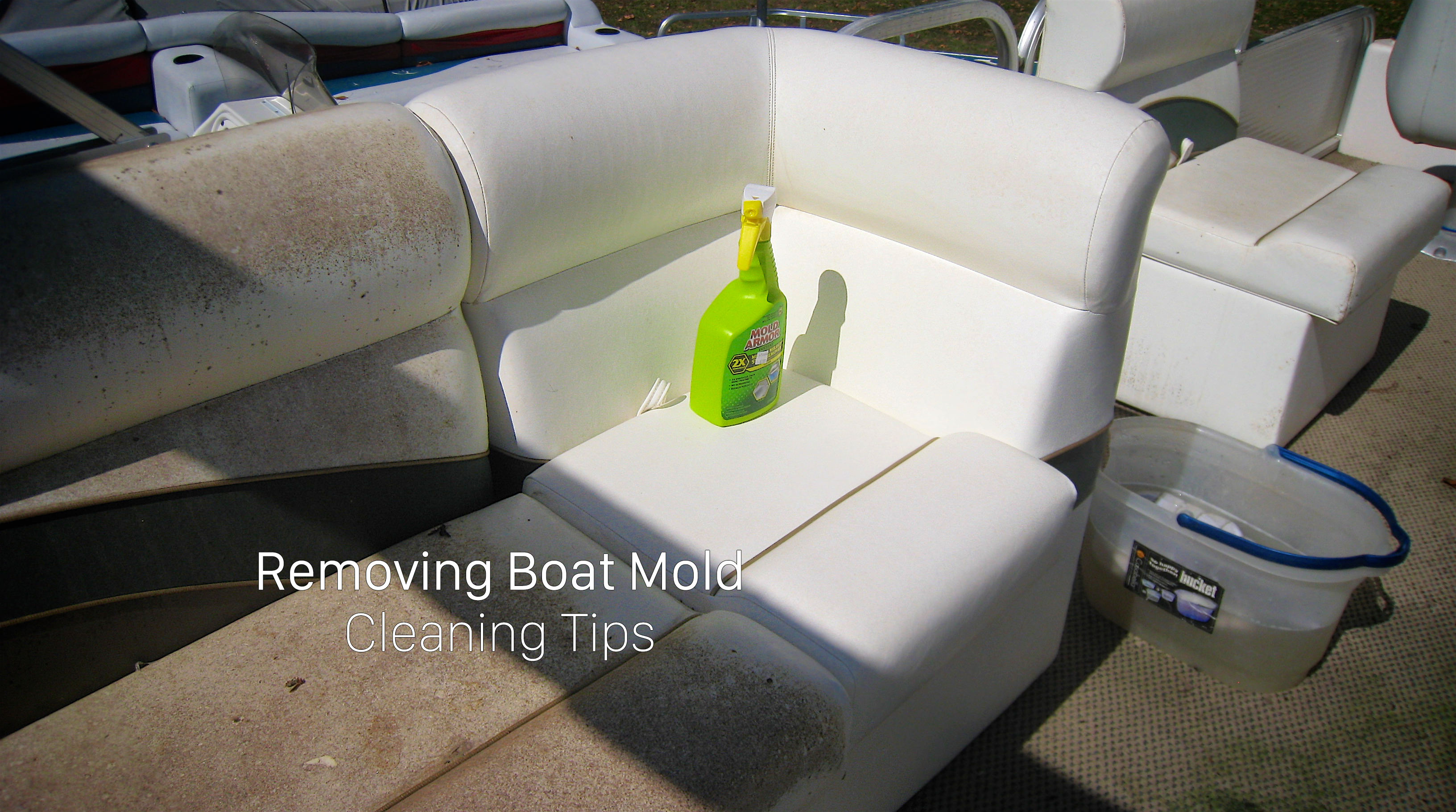
How to Remove Mold From Your Boat
A Two Part Series on Mold Prevention and Management
Mold, mildew and the awful smell of fungus can be an ongoing problem for boaters, even if your vessel looks visibly clean. This is because, apart from the visible areas in a boat’s cabin, there are many areas that offer the dark, moist environment that mold requires to grow and thrive. Underneath your quarter berths, v-berths, settees, hanging lockers, cockpit seats, chain lockers, and a host of other hidden areas, are where mold will thrive and grow to a point where it is difficult to completely remove it.
This two part series is going to cover how to remove mold when you find it, and then how to prevent it when it is gone. Once you get a handle on it, your cabin will smell a whole lot fresher. And beyond that, those itchy eyes and that awful cough that you may have been experiencing might just go away too.
Take a Proactive Approach
Controlling mold is a continuous battle that requires a multi-pronged, proactive approach. I say “control”, because you will never entirely eliminate mold and mildew from your boat. This is because their spores are virtually everywhere, and to grow and reproduce, all they need is moisture, the right temperature, and food—which can be virtually any organic substance, meaning any material that contains carbon atoms. This includes running rigging, stored anchor rode, upholstery fabrics, the inner surface of a fibreglass hull, even something as subtle as the oil that your hand leaves on a piece of stainless steel.
Following is a general plan of action for removing existing mold and mildew:
Step 1: Remove the Mold
The Recipe: To remove mold and mildew, try using a solution of bleach, water, TSP (Tri-Sodium Phosphate) and powdered laundry detergent mixed in the following proportions: Four quarts of freshwater, one quart of bleach, 2/3 cup TSP and 1/3 cup of laundry detergent. Alternatively, you can use an off-the-shelf product specifically formulated for mold and mildew removal, of which there are two types: those that contain bleach and those that don’t.
No matter which type you choose, use the product liberally, taking care to spray it into hidden, hard to reach areas. Sop up any runoff from these products with some rags, which you will need to dispose of at the end. Also, when removing mold, the EPA suggests wearing an N95 particulate mask. We would also suggest rubber gloves, coveralls and protective eyewear to keep the spores from harming your body.
Step 2: Fumigate
After removing the mold, follow up with one of the MDG products by Star brite. These products use chlorine dioxide technology to create a penetrating vapor that kills mold along with the odor that it creates. This vapor will penetrate nearly everywhere, including into fabrics and also into areas that you might have missed with the spray. Choices include MDG Fast Release, and MDG Slow Release, which can be used in occupied boats. It works for up to three months and is ideal for continuous treatment of your boat’s cabin during winter layup.
Step 3: Apply a Mildew Blocker
Although mildew blockers work only temporarily, applying one will give you a temporary leg up in the fight against mold. For ongoing mold prevention tips, see part two of this blog post right here.
